Landscape Photography: The Ultimate Guide
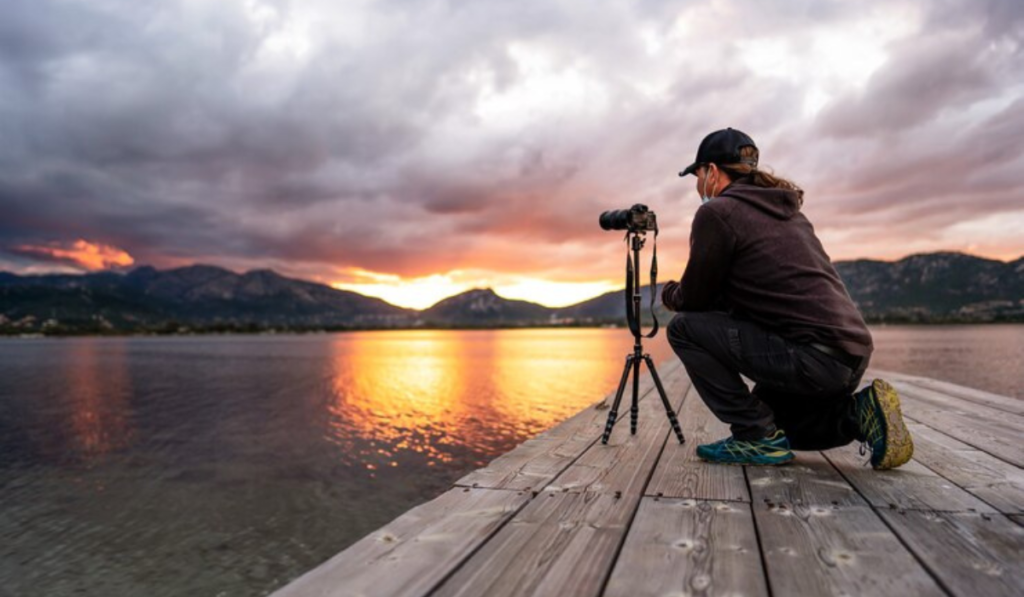
Landscape photography is a form of art that captures landscapes, wildlife, and nature in all their beauty. Landscape photography has a long history, and its techniques are constantly evolving. It continues to inspire both photographers and viewers. This comprehensive guide will explore the history, evolution and modern practices of landscape photography.
Definition and Scope
Landscape photography is the art of capturing natural landscapes from vast vistas to small details. The subject matter is diverse, including mountains, forests rivers, deserts and wildlife. Landscape photography is a broad term that has evolved over time to encompass a variety of styles and interpretations. This reflects the different perspectives of photographers from around the globe.
Historical Evolution
Landscape photography has a long history dating back to the very beginnings of the medium. Early photographers like Nicephore Niépce and Louis Daguerre tried to capture scenes from the natural world with early photographic techniques. With the advancement of technology, photographers such as Carleton Watkins, William Henry Jackson, and others began to explore the wilderness with large format cameras to capture landscapes, which contributed significantly to the development of the genre.
Modern Landscape Photography

Landscape photography is more accessible in the modern age, thanks to advances in digital technology. Photographers have more creative freedom with digital cameras and editing software. Landscape photography remains timeless despite these changes. It connects viewers to the beauty and grandeur in nature.
Landscape photography is important
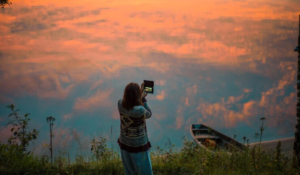
Landscape photography is a vital part of documenting and conserving the natural world. Photographers raise awareness of environmental conservation by capturing breathtaking images of landscapes, wildlife and other natural phenomena. They also inspire people to protect and appreciate our planet. Photographers serve as ambassadors of the natural world by capturing stunning images. They foster a closer connection between humans and nature.
Benefits and challenges
Landscape photography allows photographers to explore the outdoors, express themselves artistically, and find personal fulfillment. It also comes with challenges such as unpredictable weather, technical complexity and the need to be patient and persistent. Landscape photography is a blend of technical skills, creativity and an appreciation of the natural world.
Selecting Equipment
Selecting the right gear can improve the quality of your landscape photos. Consider image quality, durability and usability. A reliable camera body is essential for landscape photography, as are versatile lenses, a solid tripod, and filters that enhance the image.
Selecting Lenses
It is important to choose the right lens for stunning landscape photos. Zoom lenses are versatile and convenient, allowing photographers the flexibility to change focal lengths on-the-fly. Prime lenses offer a superior optical quality, and are perfect for capturing sharp images. When selecting lenses for landscapes, consider factors such as focal length, range of aperture, and image stabilization.
Tripods: A Tripod is a Good Investment
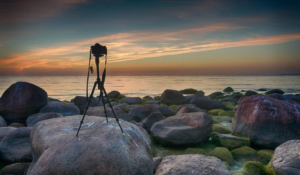
It is important to have a tripod that can stabilize the camera, and produce sharp images in low-light conditions. A tripod with adjustable legs, quick-release plates, and bubble levels for precise composition is ideal. A high-quality tripod will help you take professional landscape photos.
Utilizing Lens Filters
Landscape photographers need lens filters to enhance their images and control the exposure. Graduated neutral density filter balances exposure in scenes with high contrast, while solid neutral densities filters allow long exposures. Circular polarizing filter reduces reflections in landscapes and enhances colors, creating vibrant, dynamic pictures.
Techniques and Tips
Landscape photography is a blend of technical skills, artistic vision and creative composition. To capture captivating images, pay attention to lighting, composition and perspective. Plan carefully, scout the location in advance and be patient when taking landscape photos. To develop your own style as a landscape photography, experiment with different settings, techniques and compositions.
Continuous Learning
Landscape photography is an ongoing journey of discovery and learning. Continue to seek out inspiration in other photographers’ work, examine the masters of photography, and try new techniques and approaches. Accept failure as a chance for growth and don’t stop pushing the limits of your creativity.
Exposure Triangle
Landscape photography requires a good understanding of the relationship between ISO, shutter speed and aperture. Try different exposure settings until you achieve the desired result. For example, if you want to freeze motion using a high shutter speed or create a shallow depth-of-field with a large aperture.
Aperture and Depth Of Field
Landscape photography requires the use of an aperture that is appropriate for controlling depth-of-field. Take into account factors such as the hyperfocal range and the level of sharpness you want throughout the scene. Try experimenting with apertures in order to create creative effects and improve the visual impact of images.
Manual mode and Shutter Speed
Manual mode allows you to control both the shutter speed and the aperture. This will allow you to get the perfect exposure under any lighting condition. Adjust the shutter speed depending on whether you want to freeze motion, or create motion blur. Using manual mode with bracketing and exposure compensation, you can capture scenes that have a high dynamic range.
Histogram
Histograms are essential to preserving details in shadows and highlights. To avoid clipping highlights or shadows, aim for a histogram that is balanced and has a range of tones. For optimal results, use bracketing and exposure compensation to capture multiple shots and blend them in post-processing.
Exposure Compensation and Bracketing
You can fine-tune your exposure by adjusting exposure compensation, particularly in difficult lighting conditions. Exposure bracketing allows you to take a series images with different exposure levels. This will allow you to combine them in post-processing to achieve the best dynamic range.
Raw Image
Raw format allows you to edit your photos more easily, as you can adjust the white balance, exposure and other parameters. Raw images have more information than JPEGs. This allows you to achieve the desired effect for your landscape photos.
Focus Modes
It is important to choose the right focus mode for landscape photography if you want to achieve sharp focus. Autofocus is best for scenes and subjects that are moving or have focal points that change. Manual focus should be used for scenes or subjects with static or fixed focal points or for situations where autofocus might struggle. Try out different focus modes and find the one that suits your shooting style.
Self-Timer and Remote Controls for Cameras
Self-timers or remote triggers are essential to minimizing camera movement and achieving sharp photos, especially when you’re using long shutter speeds or slow shutter speeds. Stabilize your camera with a tripod and use the remote trigger or self-timer to capture blur-free, sharp images.
Composition in Landscape Photography
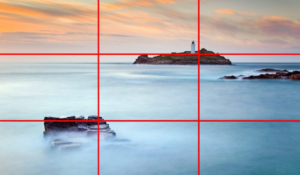
Landscape photography is not complete without a good composition. It can make or break your photos. Try out different compositional methods, like the rule of thirds and leading lines. Also, experiment with framing and symmetry. To convey your artistic vision, pay attention to the details such as balance, rhythm and visual hierarchy.
Colors
The colors you use in your landscape photos can create mood, emotion and atmosphere. Take note of the colors in your scene, and how they interact. Try experimenting with color combinations that are complementary, contrasting tones, and vibrant tones in order to create stunning photographs.
Keep Things Level
Landscape photography requires that you ensure your horizon is perfectly leveled to create visually pleasing compositions. You can use the grid or level display built into your camera to accurately align your horizon, or you can adjust it post-processing in order to correct any tilt. To maintain harmony and stability, pay attention to vertical lines.
Basic Photo Editing Techniques for Landscapes
Landscape photography workflows are incomplete without post-processing. This allows you to refine and enhance your images in order to achieve the desired feel and look. You can use basic editing techniques such as cropping, color correction, and exposure adjustment to enhance your landscape photos. Try out different editing effects and styles to create your own unique artistic vision.
Aspect Ratio & Cropping

You can improve the visual impact and composition of your landscape photos by experimenting with different aspect proportions. This will allow you to create better images for digital display or printing. Cropping your photos to the desired composition is a great way to focus on the most important elements and eliminate any clutter or distractions.
Global Adjustments
You can make more global adjustments with your images when you shoot in raw format. You can use tools such as exposure, contrast and white balance to adjust the overall feel and look of your photos. This will ensure that they accurately represent the mood and ambience of the scene. Histograms can help you maintain a balanced image and keep details in the shadows and highlights.
Local Adjustments
You can make local adjustments in addition to global ones to improve contrast, color, and detail. You can use tools such as adjustment brushes, graduated filter, and radial filter to edit your photo precisely. Try different effects and techniques to enhance the beauty of your landscapes and add depth to your photos.
Sharpening
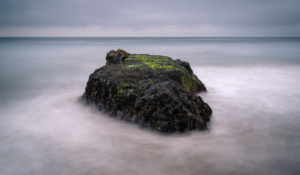
Sharpening your landscape photos is an important step in post-processing. It helps to improve clarity and detail. Sharpening should be done with a light hand to avoid artifacts and noise. Focus on the focal point or foreground of your image. Try different sharpening techniques and settings to get the sharpness you want.
Focus Stacking
Focus stacking can be a very effective technique to achieve greater depth of field when photographing landscapes, particularly when shooting with wide apertures and close-up subject matter. Focus stacking involves taking multiple images with different focal distances to ensure that all parts of the scene are sharp and in focus. Software like Photoshop can be used to merge the images seamlessly to create a final picture that is sharp and detailed.
Plan Landscape Shots
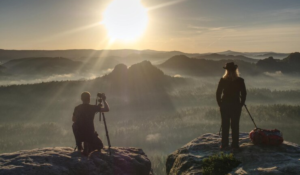
Landscape photography is a highly creative endeavor. Planning ahead will help you to anticipate lighting conditions, weather patterns and compositions. Use PhotoPills and other tools to plan your shots based on sunrises and sunsets. Scouting locations and researching the topography of an area are important. Be flexible and patient, and ready to adapt to changing weather conditions in order to get the perfect shot.
Handling Failure
Landscape photography is a difficult art, and failure is inevitable. But it can also be a great opportunity to grow. Accept failure as an opportunity to learn, improve your skills and expand your creativity. Use your mistakes as motivation to become a better photographer. Every unsuccessful shoot can be a valuable experience for you to improve your landscape photography.
Final Words
Landscape photography can be a fulfilling and rewarding pursuit. It offers many opportunities for exploration, creativity and self-expression. Landscape photography is a world that offers endless opportunities for creativity, exploration and self-expression. Continue to experiment, learn, and most importantly, enjoy the journey. You’ll create beautiful and inspiring images with dedication, passion and perseverance.



